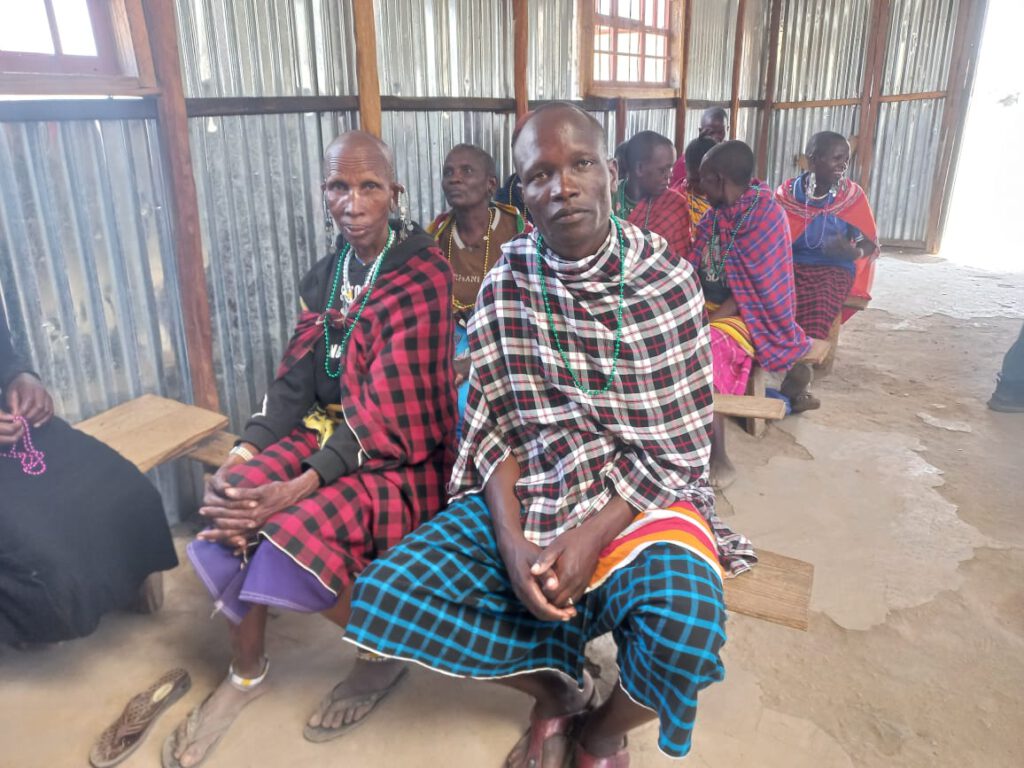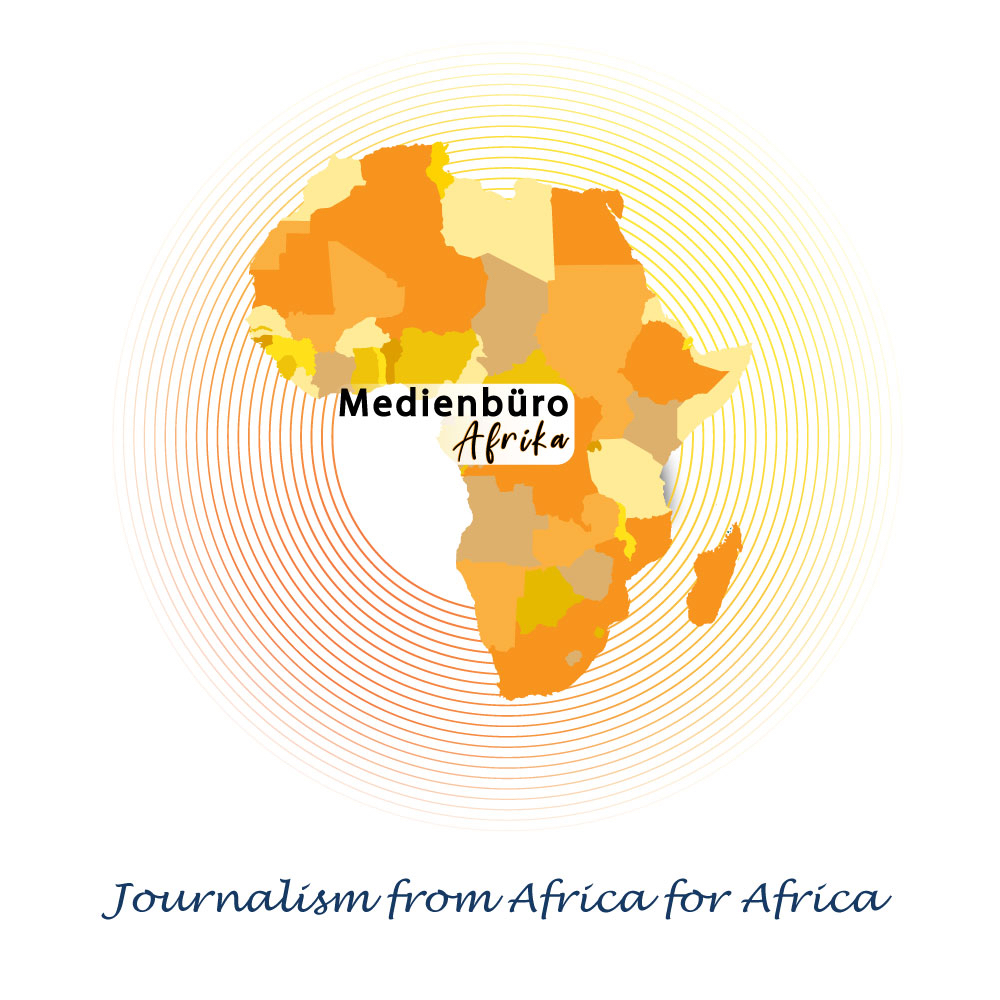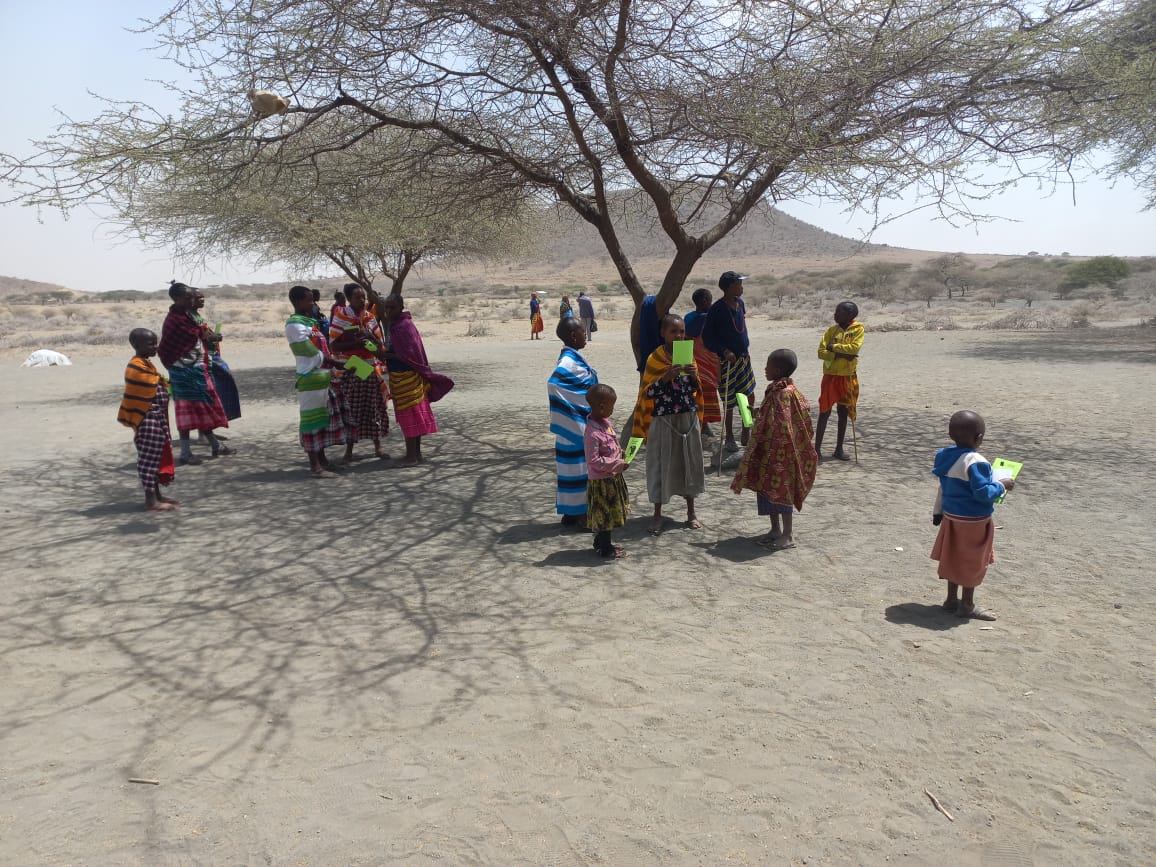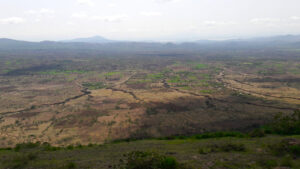Journalism from Africa for Africa / Author BSc David Suddy
Arusha Tanzania: The Maasai are proud people who are closely connected to nature. Their nomadic movements across the plains ensure that their cattle have the best grazing and nature has time to rejuvenate fresh grazing. They have great respect for wildlife and do not indulge in indiscriminate hunting practices. that is to say they have eco-friendly or environmental friendly kind of lifestyle or aspects compared with other ethnic groups.
The Maasai are a real-life warrior tribe who thrive off the land. They are nomadic cattle herders whose way of life has not been altered much by western civilization. The colours used in the beadwork are selected for their beauty and are also symbolic, having important meanings understood by the tribe. The main colours used in Maasai beadwork are; Red, Yellow or Orange, White, Blue, Green and, Black. The Maasai have been creating beaded jewellery well before their first contact with the foreigners and it has been an important part of Maasai culture. Every Maasai woman learns the jewellery making craft and traditionally Maasai women set aside time every day to meet and work on beaded jewellery which includes colourful necklaces, belts, bracelets, and pendants.
Today, beading serves as a major source of income for the Maasai people who struggle to maintain their way of life in a constantly changing Africa. By purchasing those products, you are directly helping to support the Maasai women, their families and helping them to maintain their culture.
Similarly, traditional Maasai beaded collars use colors to identify their age, social status, marital status, clan, and more!
Red is the most important color; symbolizing courage, bravery, and strength. The Maasai also believe that red scares off predators like lions even at long distances. Red also represents unity within the Maasai culture because livestock are slaughtered when communities come together in celebration. White is the color of cow’s milk and therefore represents energy and purity. Similarly, Green is the color of the grasses that feed cattle and therefore symbolizes health and well-being. Blue is the color of the sky which provides rain; and Yellow is the color of the sun – together they provide the necessary components for life. Orange represents hospitality, friendship, and generosity; while Black symbolizes the people and the hardships they must endure.
Shuka in the Maasai language means “Body Wrapping.” Shuka cloth is a thick, hardy cotton blanket wrap worn by the Maasai, sometimes around the waist but mostly over one shoulder and draped around the body. Against the backdrop of dry red-brown savanna plains, the predominantly red shuka cloth drabbed around the body of a Maasai warrior stands out as an epic statement of bravery and courage. The primary color of shuka cloth is red, with blue, green, and black being widely used. there are also multi-colored designs available that sport the typical square tartan pattern and include striped designs.
Although the Masai did not always carry these plaid blankets, mainly red, on their bodies. In the past, shepherds used cloaks or capes made of cattle skins (steers, cows, etc.) and women used capes made of sheepskin. The Masai decorated these capes with glass beads that they also used for their crafts and ornaments. Subsequently, they began to replace the animal leather with colored blankets, made of wool, due to the influence of the Western colonization, at the end of the 19th century, and from the first Scottish missionaries, who used tartan fabric, in the Maasai East African lands.
The predominant and most used color for Masai clothing is red, however, currently we can also find fabrics of various colors such as black, blue, with multi-colored designs, not only fabrics with different squares, but also striped fabrics, etc. The truth is, that the new Masai generations are introducing variations in the shades of their blankets looking for a more aesthetic than traditional result. Older women, however, still prefer the color red, even dyeing their own fabric with ocher. But the main reasons for using the red color are none other than defense and camouflage, since it is a way to warn potential predators and is a hue that offers some camouflage on the extensive savannahs of reddish African soil.
But it was in the early 1960s when these blankets began to be made of cotton, due to the presence of the textile industry, making prices cheaper and consequently making them more marketable, which made this clothing the hallmark of clothing. Maasai. Yet only over half a century later did the Maasai transition to using cotton fabric which many interpret as their unwillingness to transform to western norms especially the woolen kinds of Tartans Shuka. Either way, the Maasai were more concerned with a few primary colors related to their culture and traditions.
Today, the shuka is not only an outfit, it is also a way of communicating, since through the color of the blanket different messages are sent regarding the status of each person. For example, married people wear blue colored blankets, and young men who have recently had circumcision carry black colored blankets.
The use of Shuka cloth as the main Maasai warrior garment has gone through a slow but steady transformation over the last few centuries that finally culminated in patterned red, blue, and green cotton Shuka cloth emerging in the 1960s. This indicates a shift toward aesthetics while still trying to represent or stay connected to traditional values.
The Shuka also identifies the social status of the Maasai wearer. Blue is worn by married people, while boys wear blank in the months leading up to and after their circumcision ritual. Older generations prefer the red Shuka cloth and often dye their fabric with ocher as it signifies protection to warn off predators and camouflage that blends in with the region’s red soil.

The transition from wool blanket wraps to cotton was primarily due to wool being more expensive. Cotton proved to be a worthy alternative and affordable. More recently, other fabrics are used to make shuka cloth which is highly durable and stands up to the Maasai lifestyle in the East African wilderness.
Contemporary Maasai dress code enforces their cultural heritage as a warrior tribe, and Shuka cloth plays a prominent role in their clearly defined life milestones.
The Maasai have a distinctive, authentic look that appeals to international tourists wanting to experience a taste of ancient and purity of African culture.
Already published:




